What is pushing/pulling?
Pushing and pulling is something that is done in development and in development only. It is never something that happens in exposure or scanning and cannot be adjusted after the roll has already been developed. Pushing and pulling are done by changing the temperature of the developer, or by adjusting the time the film is left in the developer. The reason one would push/pull is if you under/overexposed your film either intentionally or unintentionally. Pushing increases grain and contrast and is far more common than pulling. We actually don’t recommend pulling C-41 film since it can handle quite a bit of overexposure. Pulling is mostly used for black & white film stocks shot at a lower ISO. This will decrease grain and lower contrast, which can be great in some high-speed black & white film stocks but is not recommended on C-41 film unless a very specific look is desired. We can push/pull C-41 up to 4 stops and there is no limit for black & white. When you receive your scans back, your pushed rolls will be labeled with a plus sign: one push in development will be written as +1, two pushes as +2, etc.
One example of pushing would be shooting Kodak Ektar 100 and metering/rating it at 200 and then telling the lab to push it 1 stop in development:
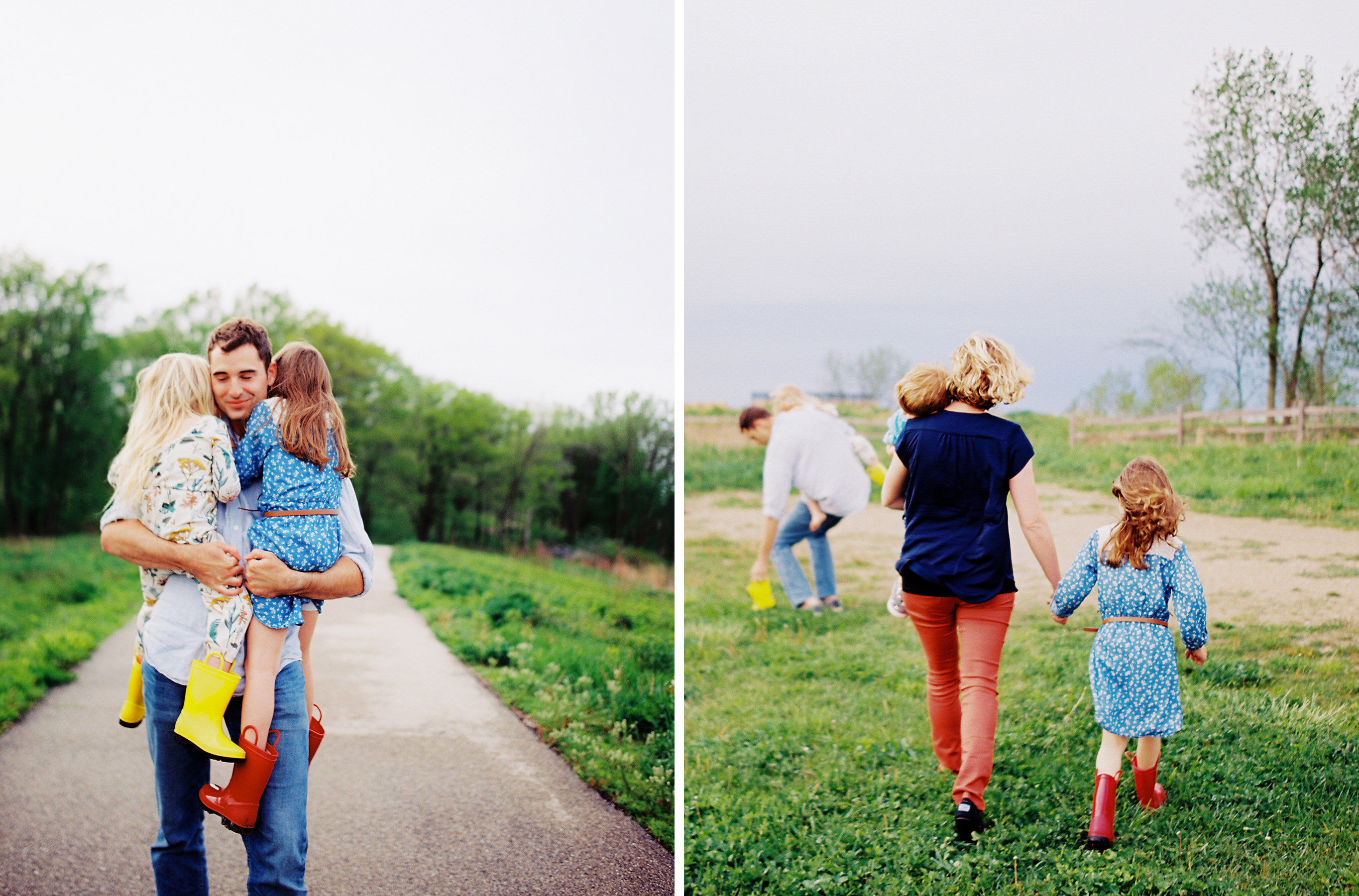
Halee Betzner Photography | Ektar 100 +1 | rated at 200 ISO and metered for the shadows | Nikon F100
What will my images look like if I push my film?
Pushing film affects the highlights and shadows. It makes the whites whiter and blacks blacker. Pushing will not affect your mid-tones. It is still crucial to light your scene and subject. If you’re shooting at night and there is no light falling on your scene, pushing your image will only make it darker and may result in no shadow detail at all. If you’re shooting right next to a really bright light source, pushing your image will only become brighter and may result in no highlight detail at all. Below are some examples of different film stocks that have been pushed:
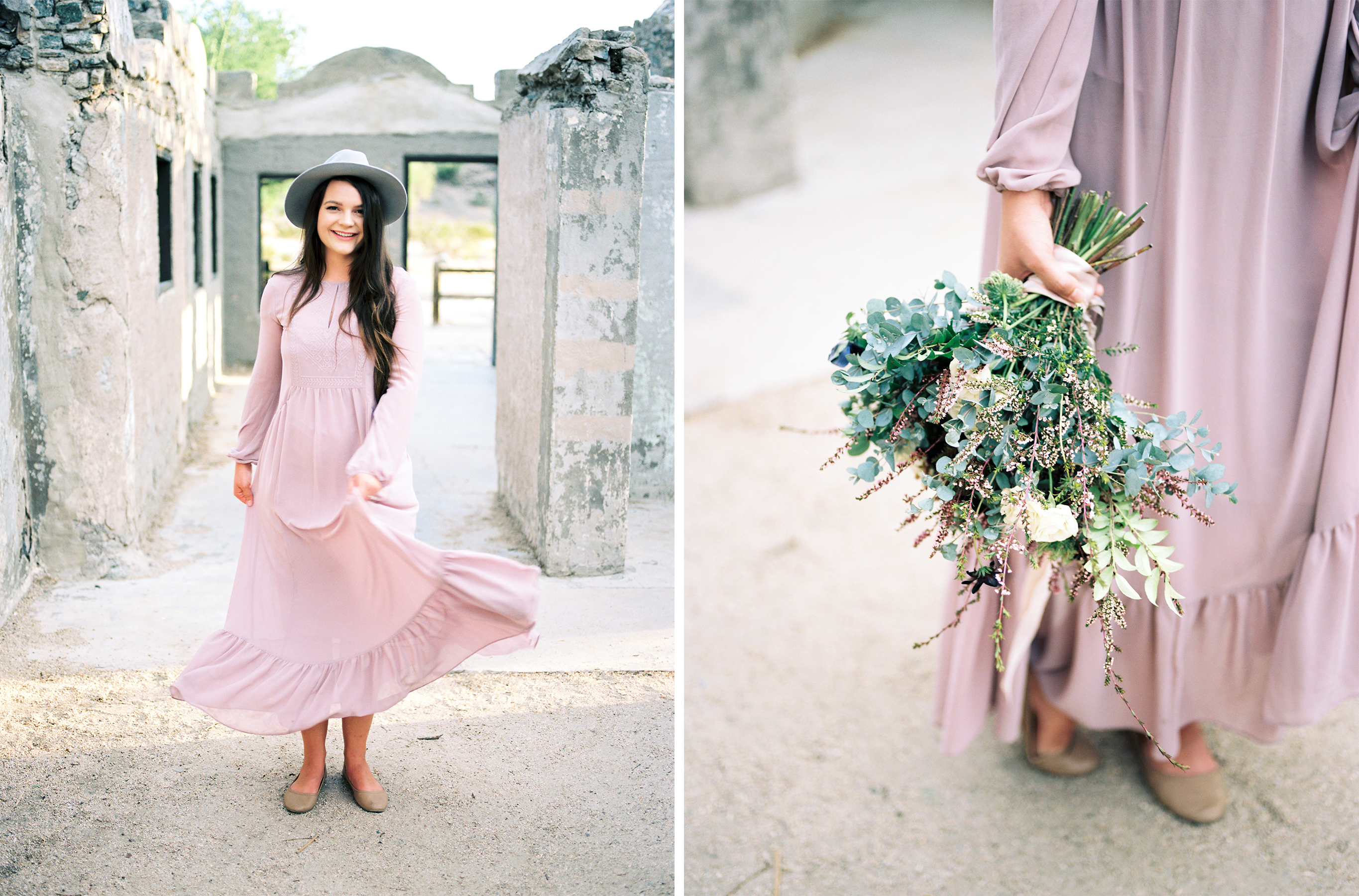
Thomas Shull | Portra 160 +1 | rated at 320 ISO and metered for the shadows | Pentax645n
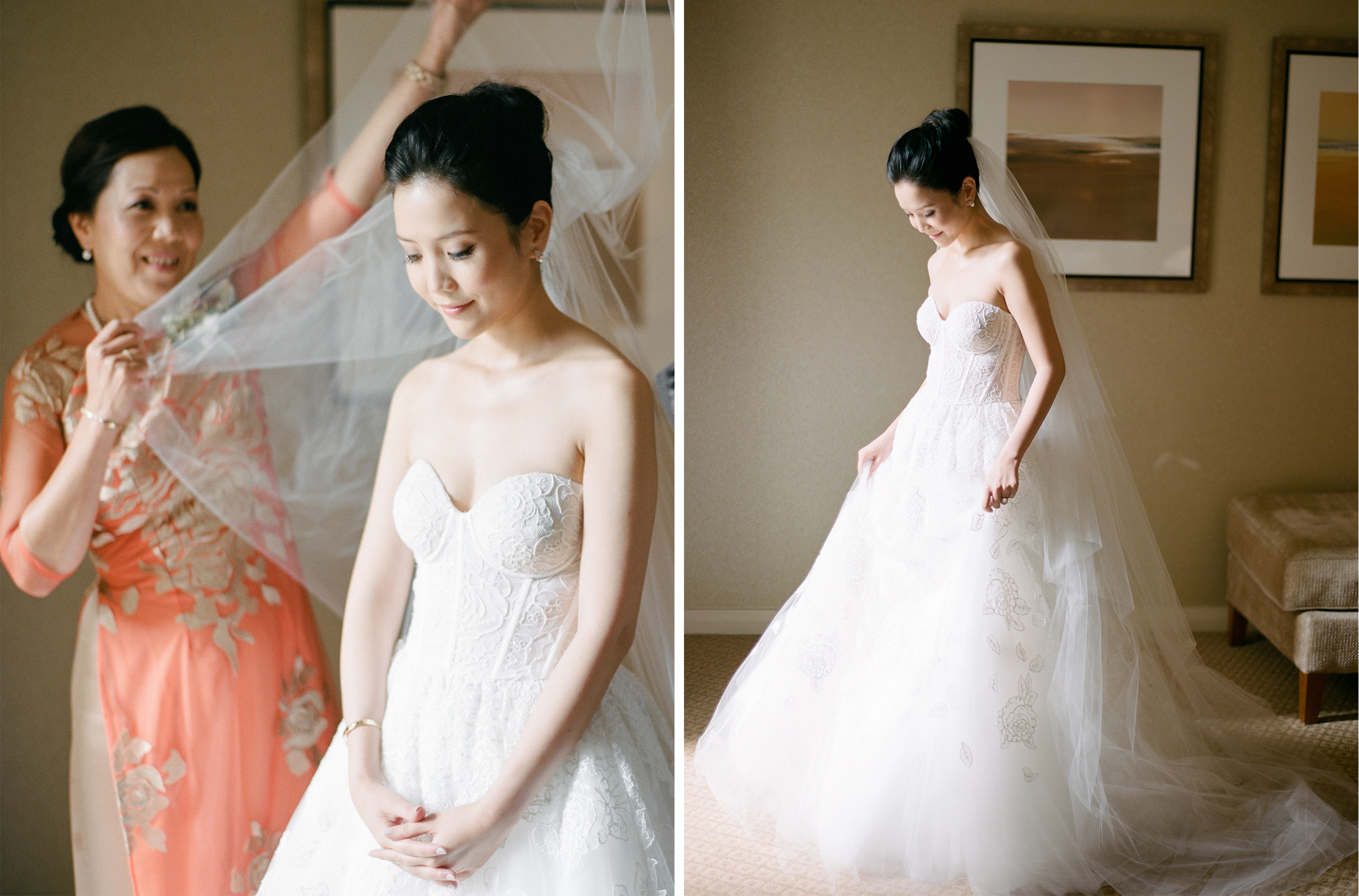
We Are Origami Photography | Portra 400 +1 | rated at 200 ISO and metered for the shadows | Contax645
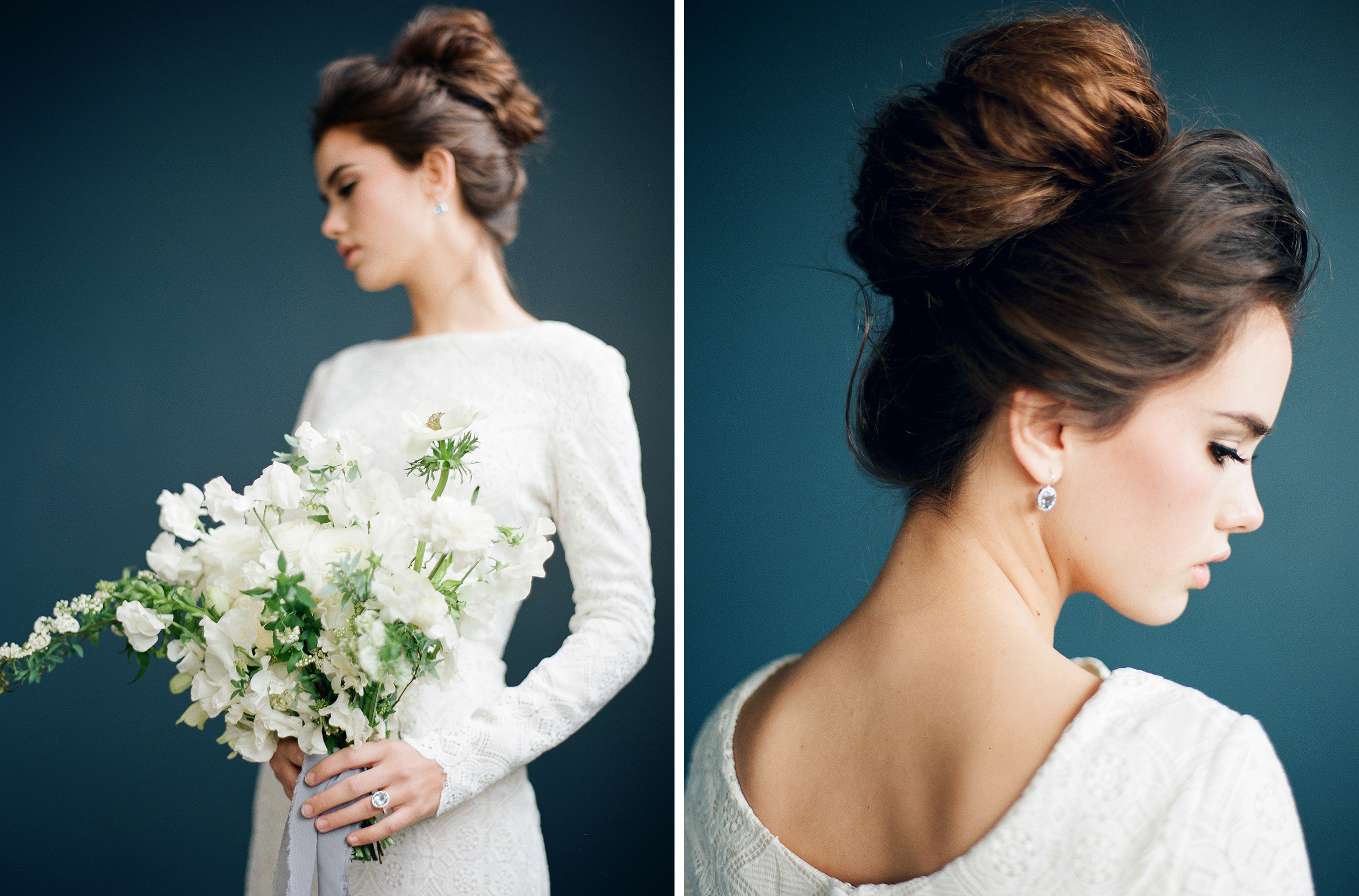
Heather Nan | Portra 800 +1 | rated at 400 ISO and metered for the mid-tones | Pentax645nii
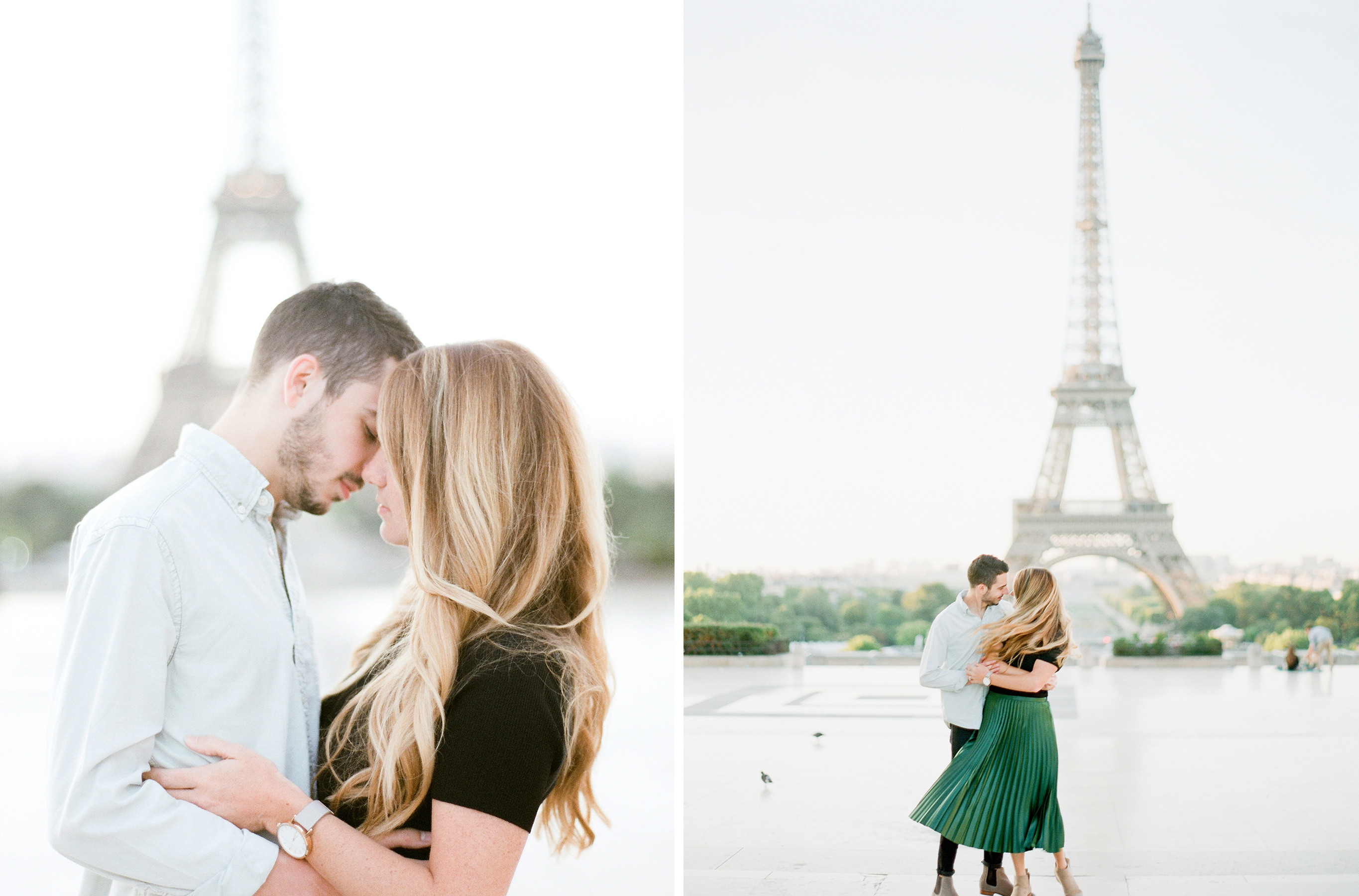
Julie Paisley | Fuji 400H +1 | rated at 200 ISO and metered for the shadows | Contax 645
Pushing in development and overexposing in camera yield different results. The best thing is for you to experiment and try them both to develop your personal aesthetic. If you’re new to film, we recommend first becoming comfortable with the nuances of the film and then introducing the element of pushing. Below is an example of two rolls of film that were shot in the same scene: the first roll was overexposed in camera via metering, and the second roll was shot at box speed and pushed one stop in development:
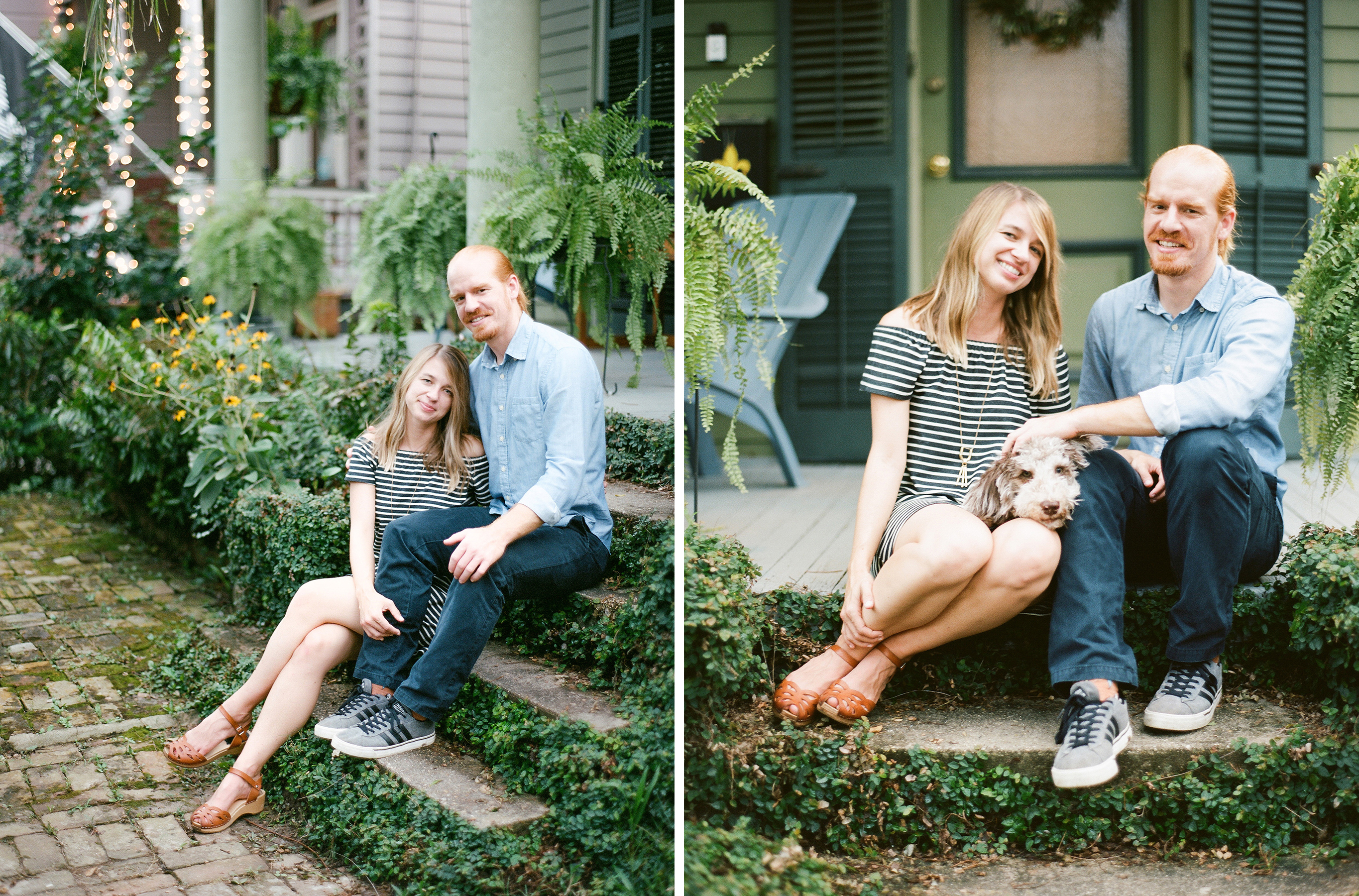
Maile Lani | Portra 400 & Portra 400 +1 | Contax 645